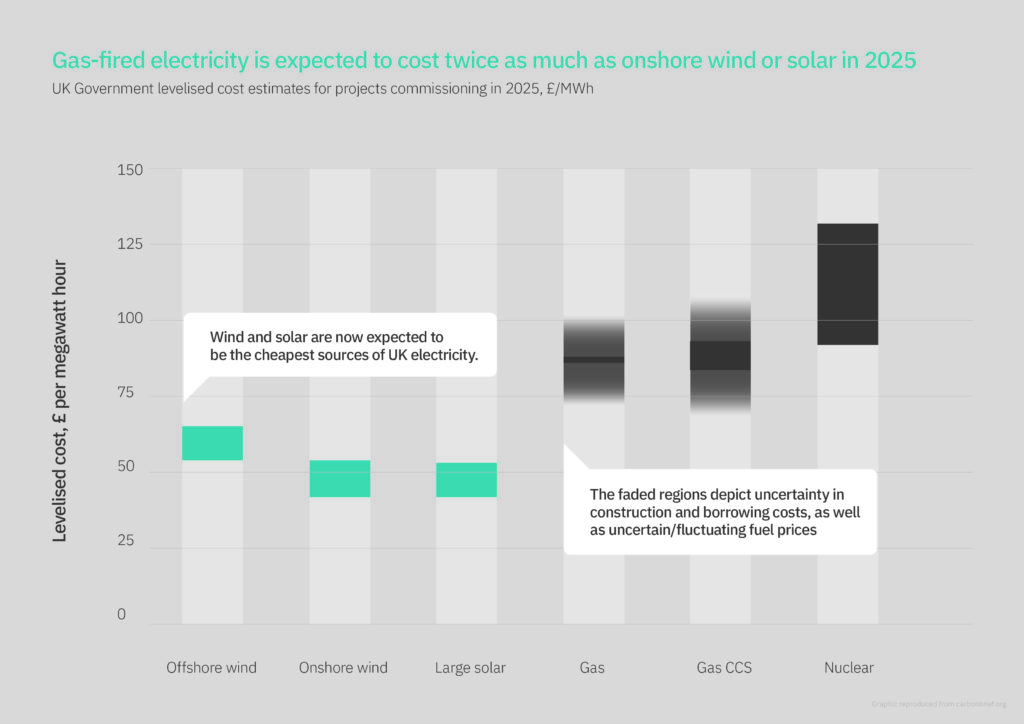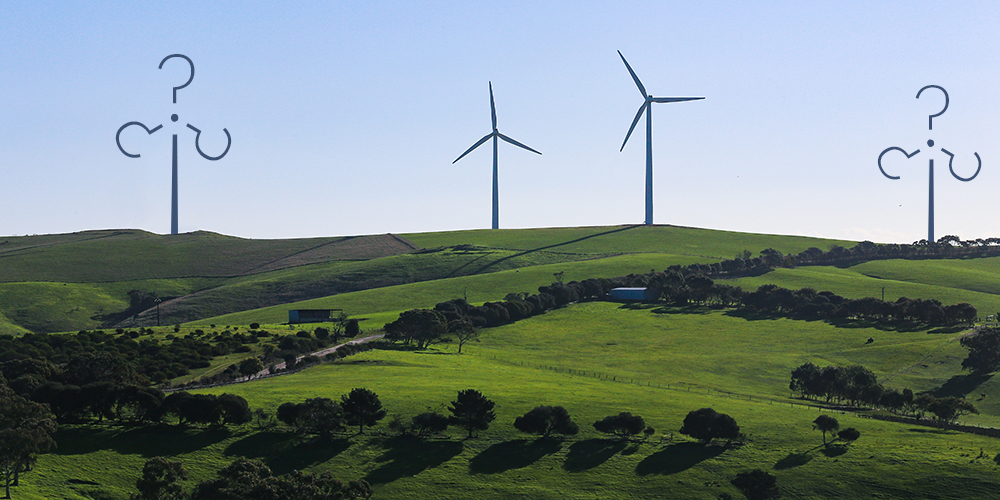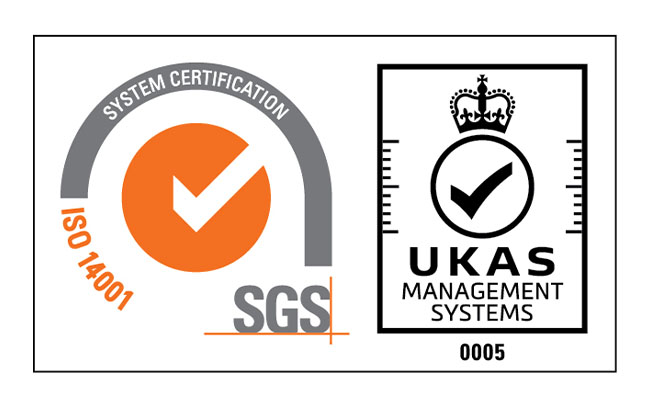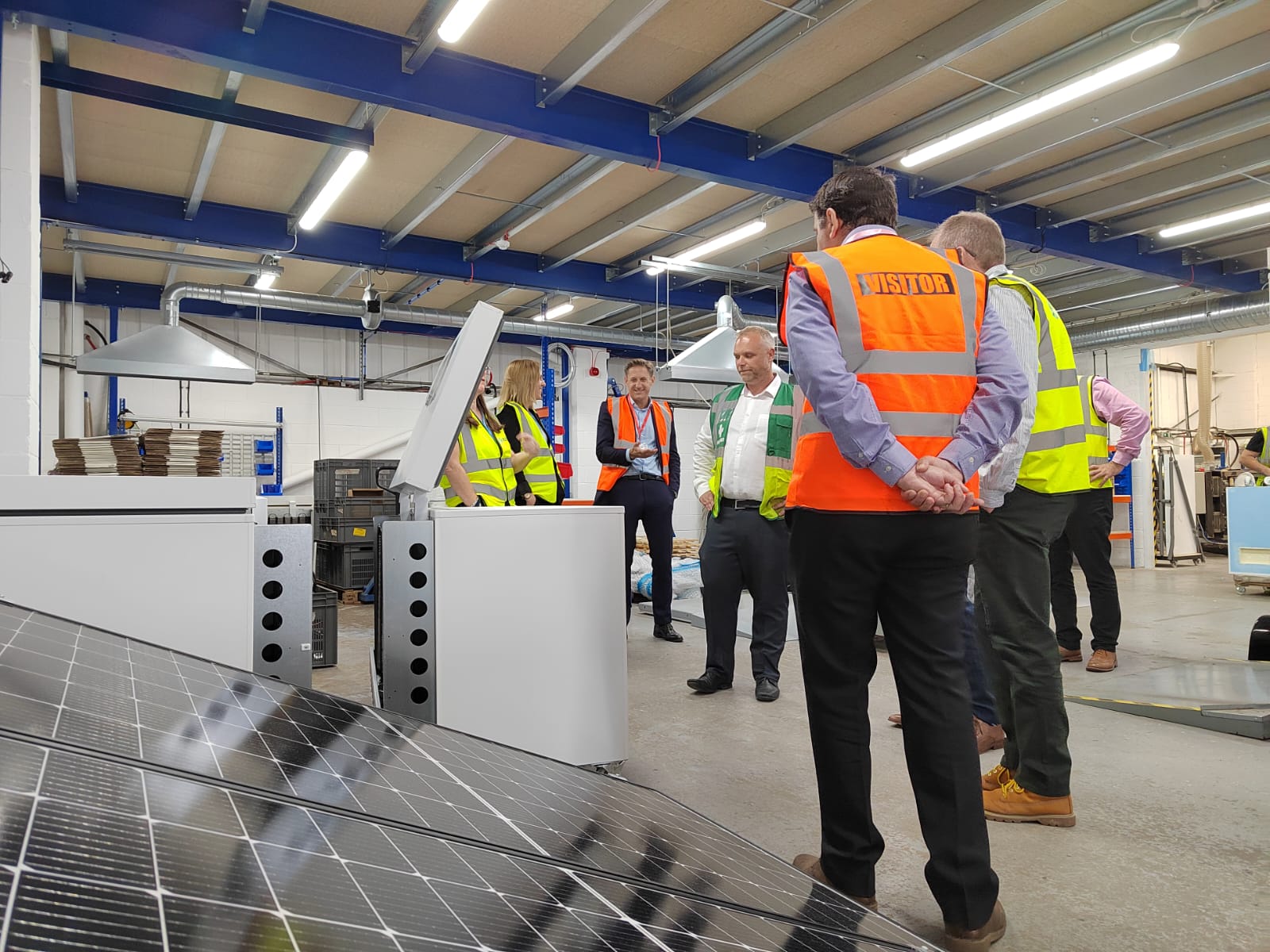Renewable Energy: Common Myths Debunked
The IPCC’s Code Red report earlier in the year made it palpably clear that human actions are changing the climate in ways that, if not stemmed, could result in increasingly extreme heatwaves, droughts and flooding – literally a climate catastrophe. In addition to this, there is currently widespread panic about the emerging gas crisis in Europe which has destabilised the price of gas – conservative estimates are predicting that winter gas bills will be five times higher than last year. In light of this sober assessment, it seems timely to revisit perceived obstacles for the mass adoption of clean, renewable energy technologies. If we have no choice but to change, isn’t it time to put to bed the often repeated myths around renewable energy sources once and for all?
Myth 1: reliability – the sun isn’t always shining, the wind isn’t always blowing
It’s true that solar energy is only produced when the sun is shining on solar panels. Likewise, wind energy is dependent on the ebb and flow of air currents. But the sheer volume of renewable energy being deployed, the ability to store that energy for longer, and to match demand with supply using software, creates a balanced grid. According to BloombergNEF, lithium-ion battery cell densities have almost tripled, and costs have declined by almost 90% in the past decade – making it easier to smooth out the peaks and troughs of generation to meet the shifts and cycles of demand.
Myth 2: it’s expensive
Renewable energy is now the cheapest new electricity in countries that make up three quarters of the world’s GDP. In its report Electricity Generation Costs (2020), BEIS estimated that gas-fired electricity is expected to cost twice as much as onshore wind or solar by 2025 – although given the current gas crisis, perhaps we are there earlier than expected! We are also starting to see a virtuous cycle of growth appear, whereby consumer demand is growing, resulting in economies of scale which lower manufacturing costs, which then loops back and increases demand.

Myth 3: manufacture of wind turbines produces CO2
Quite simply, any carbon debt from manufacturing the turbines is frontloaded, unlike fossil fuels. An onshore wind turbine can be expected to repay its energy debt within six to nine months of operation. Offshore takes a little longer because of the extra steel used. A recent analysis conducted by Bernstein Research amortised the carbon cost of wind turbines over the decades long lifespan and determined that wind power has a carbon footprint 99% less than coal-fired power plants, 98% less than natural gas, and a surprise 75% less than solar.
Myth 4: What about the birds?
Birds – wind turbines do kill birds but not as many as people think. On a scale including the facades of glass skyscrapers and attacks by domestic cats, wind turbines appear at the end. In between there are several other causes, such as collisions and electrocution in high voltage networks and collisions with vehicles and pesticide poisoning. According to LiveScience, the widespread impression that all turbines are dangerous to birds comes from Altamont Pass Wind Resource Area in California. This was one of the first big wind farms, and unfortunately it was placed in a migratory bird pathway.
According to a Danish study, the number of birds that are killed per gigawatt hour of electricity generation is: 5.18 for fossil power plants and 0.27 for wind turbines.
Myth 5: Noise
“But wind turbines are noisy!” This may have been true in the 1980s but turbine design and engineering has come a long way since then. The turbine blades do make a swishing noise when they encounter turbulence in the air, but this noise is generally quieter than the actual wind itself. An operating modern wind farm at a distance of 230-300 metres) is no more noisy than a kitchen refrigerator.
Myth 6: Ugliness
Not so much a myth, but a matter of opinion. Those against are sometimes extremely vociferous, perhaps because turbines are by nature often installed on open unhindered land or in ‘unspoilt’ tourist spots. Welsh renewables company Dulas has conducted many Environmental Impact Assessments for wind farm developers. Andy Skipton-Carter at Dulas comments, “People in the community are generally more supportive when projects seek greater consultation and interaction within their plans. Wind power projects also often have benefits such as improved transport links and investment into the community so it’s important to look at these developments with an open mind.”Faced with the alternative, x more tonnes of carbon dioxide, which would you choose?
Conclusion
Renewable energy is growing faster than any other form of power, in nearly every country. Until now, the argument for renewable energy has focused largely on the moral reasons but it is becoming harder and harder for opponents to make plausible arguments for fossil fuels when the numbers speak for themselves. At the end of the day, electricity is a commodity and if renewable energy costs us and the planet less, the myths will melt away once and for all.
[Ruth Chapman is Managing Director at Dulas, a UK renewables company that has been delivering wind, solar and hydro projects since 1982.]








